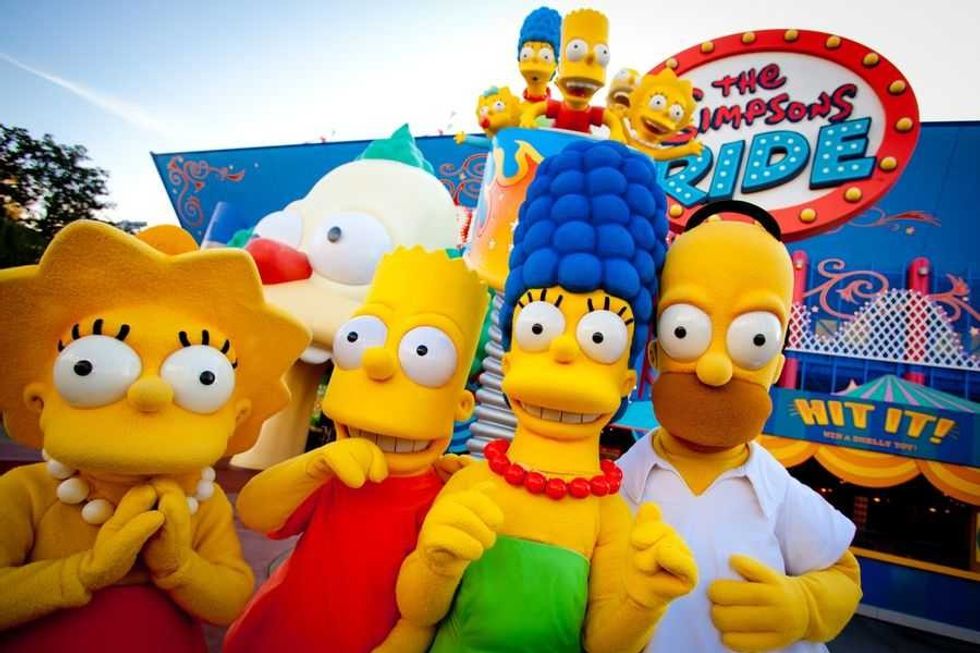For example, an attraction may have brought in something generic, such as a new simulator or a 4D theater film, for the winter holiday season. Since it was only used for a couple of months out of the year over three years, at best, special signage and additional theming might be limited to cardboard cutouts and inflatable props.
Moving up the food chain, let's look at the Six Flags parks that have made superhero-themed roller coasters part of their corporate DNA for decades.
This started off with the more themed Batman: The Ride in the 90s when Six Flags' parent company was Warner Brothers, who owned the DC Comics IPs, but over the years since, the superhero/villain theming has been reduced to colored trains, a logo slapped on the front and some two-dimensional graphic displays in the queue.
In short, if the time ever came that the company lost the rights to the IP, giving the ride a new name and theme wouldn’t be too difficult.
Batman: The RideImage credit Jeremy Thompson, US, CC BY 2.0, via Wikimedia Commons
A great example of this was seen when Cedar Fair bought the former Paramount Parks chain and opted to drop all Paramount-branded IPs across its parks. No more Star Trek, Tomb Raiders, Top Gun, Nickelodeon, SpongeBob, nada… it all had to go over the span of a single off-season.
In most cases, logos were simply removed and replaced with new generic names. In other cases, some attractions had nice theming that could be modified, turning attractions like Tomb Raider into The Crypt or Top Gun: The Ride into Afterburn.
Even when it came to the big league attractions from Disney and Universal up until this point, when an outside IP was licensed to create a high-end attraction such as Star Tours or the Indiana Jones Adventure rides, typically the licensed theming began at the marque at the start of the queue and ended at the attraction exit, or gift shop.
How the Wizarding World changed the game
So when Universal decided to create not only a Harry Potter-themed attraction, but to retheme an entire existing land within the Islands of Adventure theme park to become a living and breathing “Wizarding World”, this was an event of seismic magnitude that would forever change the way that theme parks were designed.
Everything within the Wizarding World had to fit the theming, down to the gift shops, restaurants and even the restrooms. This also set some unique rules into play as well, especially when it came down to items that could be found and sold within the Wizarding World.
For example, while Coca-Cola is the sponsored beverage of the Universal theme parks, you actually can not find and purchase a Coke within the Wizarding World.
Instead, you will only find beverages that fit into the themed world of the Harry Potter books, such as Butterbeer, Gilly Water, Pumpkin Juice and more generic items like tea, lemonade, cider and for the adults, some unique Wizarding World branded beers.

If you’re absolutely craving a Diet Coke, you’ll just have to wander over to the nearby Jurassic Park area across the bridge.
The employees across the land all wear costumes fitting to the world, and they are trained to talk and act as if they are indeed citizens of this magical universe the guests are visiting.
Indeed, for all intents and purposes, this created a place where fans of the IP can enter and, for a brief time, live within one of their favorite fictional universes.
This also allowed Universal to create some very unique merchandising opportunities, not only with food and beverage items, but also with another genius-level idea: selling “magic wands” that guests could use to interact with the world itself.
Universal has expanded the use of these magic wands to work across three Wizarding Worlds in the Universal Orlando theme parks, one in each of the three main parks.
These are Diagon Alley at Universal Studios Florida, the original Hogsmeade Village at Islands of Adventure, and now into the streets of the Wizarding World within Paris, France and the Ministry of Magic at the new Epic Universe theme park.
It even managed to connect the parks and the first two of the world’s via a ride on the magical Hogwarts Express train, an attraction you can only experience if you have a ticket that allows park-to-park visits.
The battle for IP
From this moment on, the rest of the themed-attraction industry was essentially put on notice and quickly began looking for ways to create their own fully immersive worlds.
The problem is that, now more than ever, it seems the modern theme park landscape is in the middle of an ongoing battle to secure the rights to the most beloved pieces of IP available at any given time.
The goal is no longer merely about adding a new ride; it's about securing the rights to entire fictional universes (from film and television series to video games) and translating them into breathtaking, highly immersive, and instantly recognizable themed lands and attractions.
 Super Nintendo World
Super Nintendo World
The battle to do this has become a multi-billion-dollar competition among global entertainment behemoths. The scary thing is that if you follow the entertainment news headlines, you’ve been seeing that the world has been undergoing a period of rapid sales and consolidations involving these companies.
A couple of decades ago, this started with some of the larger studios making deals to acquire smaller studios, as well as wholesale deals to purchase major IPs that may have been up for grabs to add valuable IPs to their ever-growing vault of properties and titles.
Much of this started way back at the end of the 20th Century. For example, Warner Bros. purchased Turner Broadcasting in the 90s, which also owned New Line Cinema. Sony Pictures purchased Columbia Tri-Star, MGM purchased Orion Pictures, and so on.
This trend led to many other giant deals as various TV and film studios fell in together to create larger empires, such as Disney purchasing the ABC network, Viacom blending CBS and Paramount and G.E. purchasing both NBC and Universal in separate deals, only to merge them together and eventually sell the combined giant to Comcast in the early 21st century.
The impact of consolidation across the industry
Disney has only grown since then, taking control of ESPN and, under Bob Iger’s leadership, going on to purchase Pixar Studios, Marvel Studios, Lucasfilm, and 20th Century Fox, consolidating so many new IPs into Disney’s ever-growing vault.
Universal, under Comcast’s ownership, not to be left behind, obtained DreamWorks Animation and Illumination.
We’ve seen new deals merge Warner Bros. and Discovery into one unit, only now to talk about splitting themselves apart again, one for streaming and studios and the other into more of the live broadcast and network business units, which might lead to the studios side becoming up-for-grabs.
 Star Wars: Galaxy’s Edge
Star Wars: Galaxy’s Edge
Paramount had just merged with Skydance in August, who are now reported as having made just such an offer to purchase Warner Bros. Personally, I’ve argued that Comcast jumping in to merge WB and Universal may be the best way for it to compete toe-to-toe with Disney in terms of IP ownership that can benefit both the streaming and theme park empires.
Because of this, all those valuable IPs that theme parks so eagerly seek to license are now falling into the ownership of far fewer hands. Many of these new owners are also no longer as eager to license out these IPs, as Genting found out when it was trying to finish its delayed 20th Century Fox World theme park in Malaysia.
When IP deals go south
Despite having long-term, deep deals with 20th Century Fox to build an entire theme park full of attractions themed to IPs across Fox properties, from live-action to TV series to family animation, Disney’s purchase of 20th Century Fox brought out the lawyers.
Disney’s first claims were meant to prevent brand damage, as it didn’t want properties it now owned to be associated with the gambling industry, which was Genting’s primary business.
Disney then attempted to block the use of all the properties at the new theme park, claiming that the lengthy construction delays had violated the terms of the IP license, which eventually led to some protracted negotiations between Genting and Disney.
The end result was a bit of a mixed bag: the park’s name was changed to Genting SkyWorlds, and only select Fox-based IPs would be allowed, most of which were older properties that Disney had no immediate plans for.
 Genting SkyWorlds
Genting SkyWorlds
This included mostly older animated films under the Fox banner, like Ice Age, Epic, Robots, and Rio, and a handful of live-action films like Independence Day, Night at the Museum, and the Planet of the Apes series.
Disney was quick to demand the complete removal of any use of the Alien or Predator film franchise from the park (the reasoning has become obvious since then, as Disney has invested in relaunching new chapters into both franchises in the past couple of years).
It also asked for the removal of some other interesting IPs from the park (a rumored Sons of Anarchy themed ride) in exchange for also allowing the park to mix other non-Fox branded properties in the future alongside the allowed brands they were able to keep.
Keep in mind that this all happened to a park that was already well under construction (but had experienced delays) before the deal for Disney to purchase 20th Century Fox was ever envisioned.
Disney was still able to go back and change the terms of the IP licensing for attractions that were already under construction, including a highly anticipated Alien vs. Predator-themed E-Ticket SFX Coaster that has never seen the light of day.
Removing IP
Meanwhile, Universal has already seen The Walt Disney Company gobble up ownership of various IPs used at its theme parks, including The Simpsons and Marvel.
While Disney isn't able to terminate those long-term IP contracts, it is safe to say it wouldn't be open to negotiating any further extensions or modifications of those deals beyond what is already scoped in the terms of the existing deals.
This means that, eventually, The Simpsons rides and themed lands will have to be removed from the Universal theme parks, and that Universal’s fairly rock-solid deal that gives it exclusive use of many Marvel characters in Orlando has also locked it into keeping only what it has.

This will forever prevent it from expanding or changing the Marvel Super Hero Island in any significant way.
So you can see why I stated earlier that it would be in Universal's best interest to purchase Warner Bros, if for no other reason than to prevent the massive IP library from falling into a rival's hands.
A golden opportunity
In today’s world, IP ownership has become a golden opportunity to essentially print money. Highly beloved franchises like Star Wars, Nintendo, or Harry Potter are indeed worth their weight in gold, as they have already built a fanbase well invested in and interested in the properties.
This is perhaps the best way to minimize the risk of such a huge financial investment to create themed attractions, lands and even whole new theme parks based on these properties.
While making new films was, of course, on Disney's mind upon purchasing the rights to the Star Wars films and characters along with the rest of LucasFilm, it set to work right away on how it could copy the success of the Wizarding World with the design of the Star Wars: Galaxy’s Edge lands, right down to the themed food and exclusive merchandise.

Guests immediately began dropping large sums of cash for the chance to build their own Droids and Lightsabers, as well as to try out-of-this-world food and beverage items like Blue and Green Milk or Ronto Wraps.
Universal has followed the success of the Harry Potter universe with the launch of three (soon to be four) Super Nintendo World attractions, which also feature themed dining and unique merchandise.
These lands even feature interactive Power-Up Bands, allowing guests to wander and explore the lands to interact with the video game-themed universe and pull up their scores via an online app to become top players.
What about the little guy?
So in a world where the ownership of top-level IPs is getting far more competitive as well as restrictive, as various properties once thought to be available find themselves suddenly deep behind insurmountable corporate walls, what’s left for the little guys?
What’s left for the parks and attractions that lack the size to compete on that playing field? The solutions are limited, but still very open to those with vision. Smaller parks and attractions have been very successful when they’ve zeroed in on niche concepts.
For example, Herschend has been very fortunate to be associated with Dolly Parton and has been very successful at merging, creating, and promoting products by tying them into Dolly’s own branding and historic backstory of growing up in the Smoky Mountains of Tennessee.

To this end, it has been able to essentially create its own IPs at times simply by piggybacking them to link with Dolly.
In a world where IP is king, I still have to say it's very possible to create your own IP that resonates with guests. It is a harder battle to win, but with vision and a great creative team, you can dig down into the heart of your own park’s theme and create your own multi-layered universe of characters and locations.
In the European market, many very successful parks have been doing this for quite some time.
The power of homegrown IP
Alton Towers in the UK has always had a very successful track record with its storylines, from the ongoing tales of the Nemesis beast to the supernatural spirits that lie in wait around attractions like Th13teen and Hex, to the dark technological atmosphere of rides like Oblivion and Smiler.
Across the channel, you’ve got great parks that have been able to engage with their own self-made IPs on various attractions. For example, at Europa-Park, on rides like Pirates in Batavia, in new themes like Voltron, or in the growing use of its own mascot characters, Ed and Edda Mouse.
France’s Parc Asterix was built entirely from the single IP of a French-made comic that was first published in the late 1950s. Many other successful parks across the continent have seen great self-made success without purchasing IPs, such as Germany’s Phantasialand, Tivoli Gardens, and Gardaland.

Perhaps at the top of the heap would be Efteling in the Netherlands, which continues to create land upon land and attraction upon attraction, featuring unique creations and storytelling.
This includes the new Danse Macabre, along with other fan favorites like Symbolica, Baron 1898, Droomvlucht, De Vliegende Hollander, Villa Volta, and more.
For everyone else, the battle is still ongoing to see who can license any remaining independent IPs that might be worth something, or gamble a bit and try to anticipate the future value of an unproven IP.
Or perhaps tie into another concept entirely, as Universal did with the deal with Nintendo, tying the world of video game IPs to the theme park industry.
It will be interesting to see where the next big IP comes from. The IP arms race is still far from being over, as today’s guests now expect a far bigger and more extensive experience than ever before.
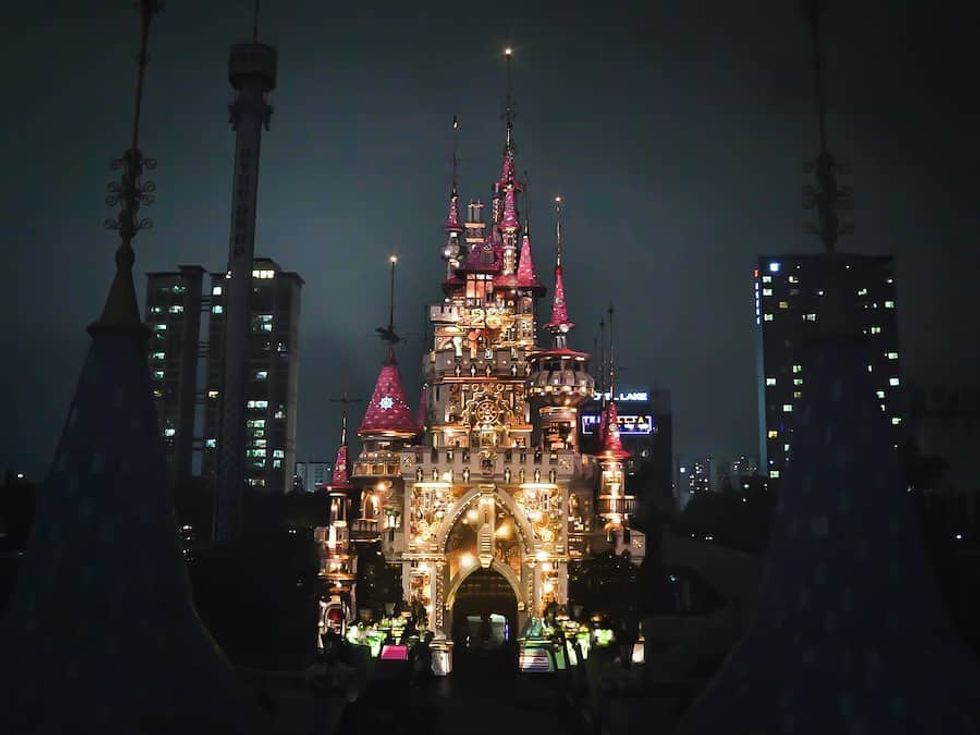
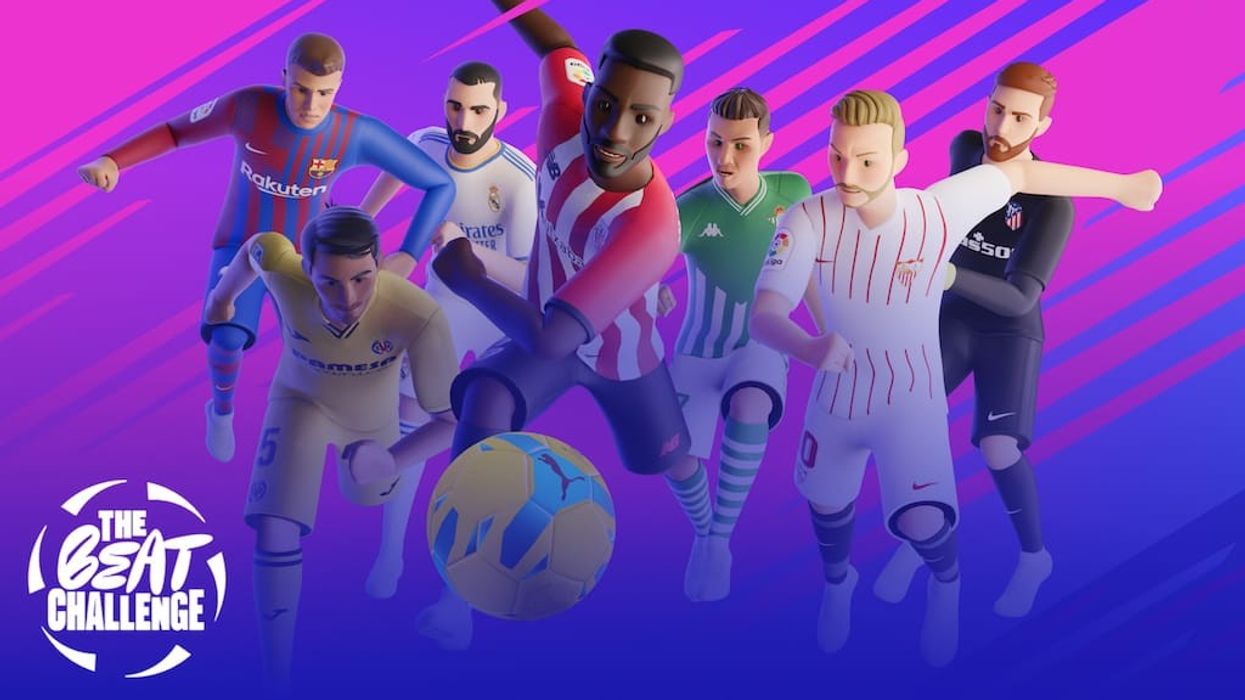

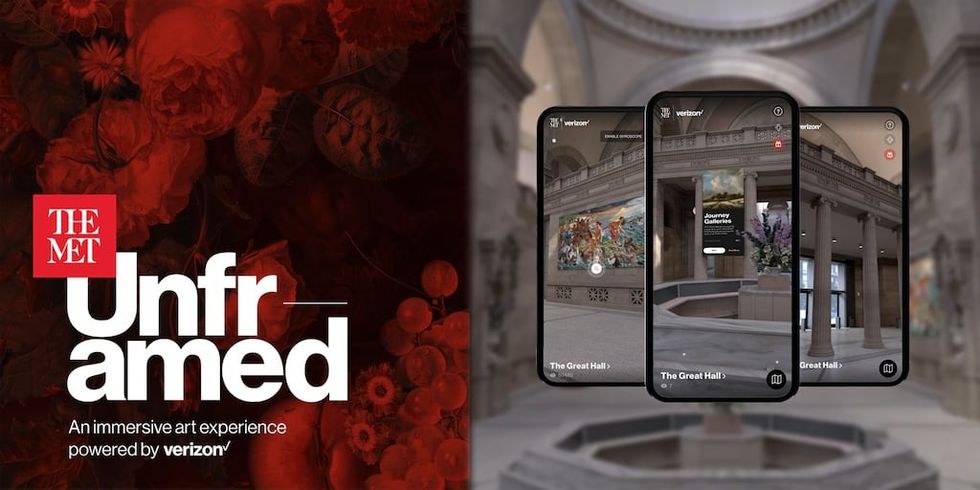
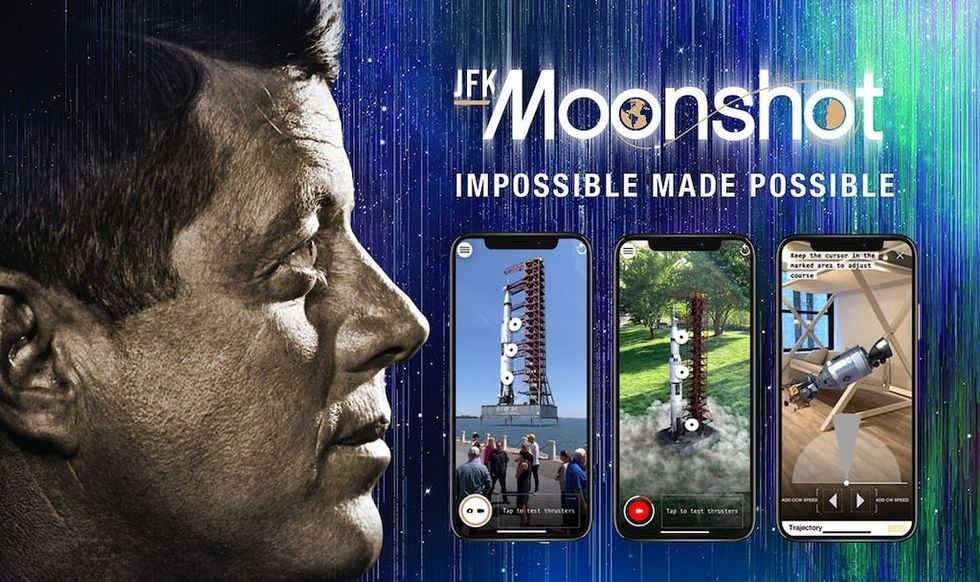

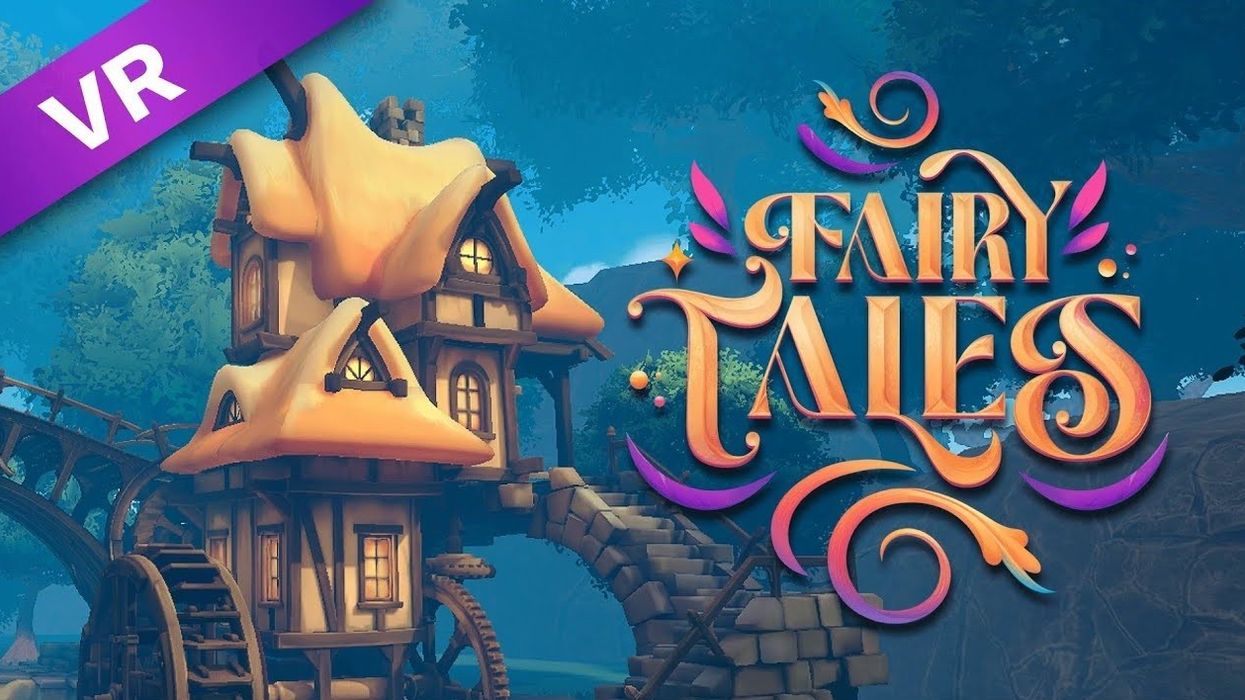
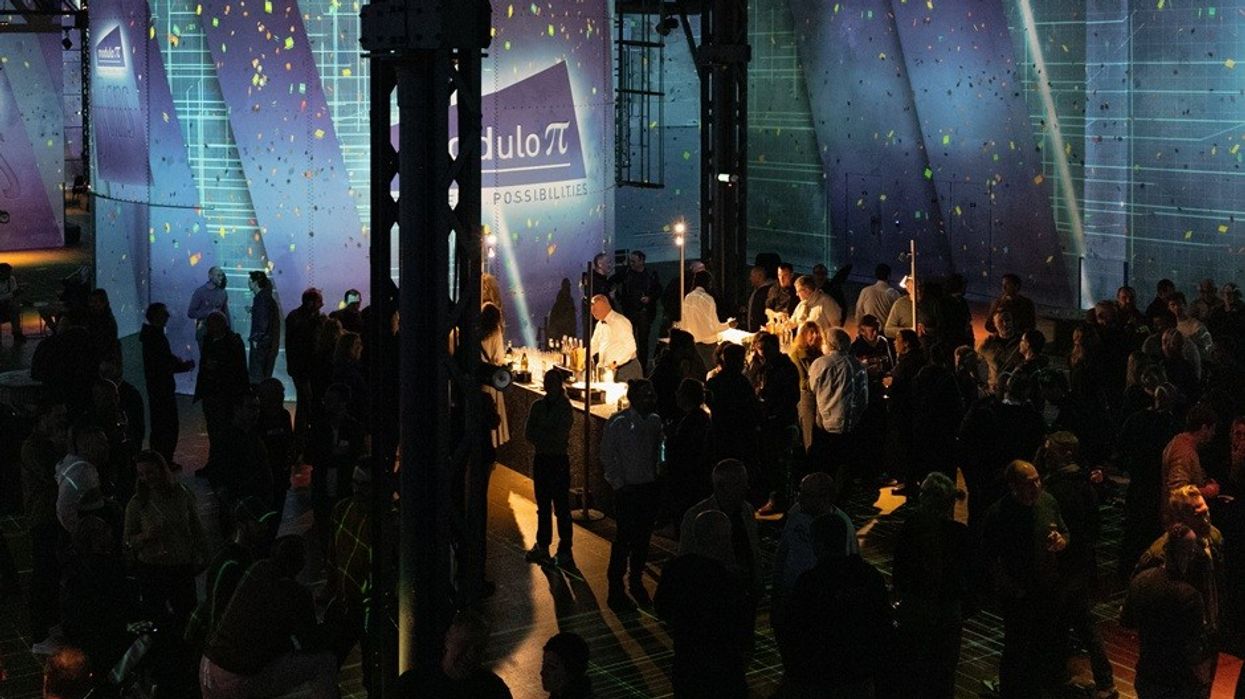
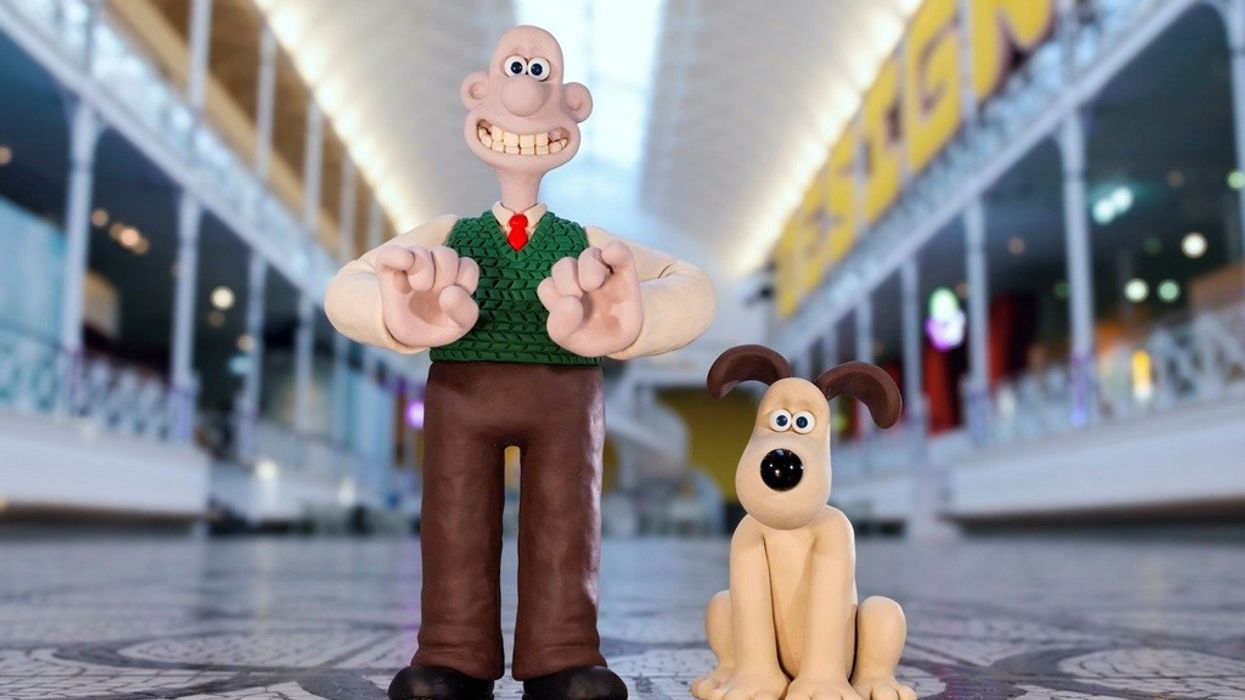
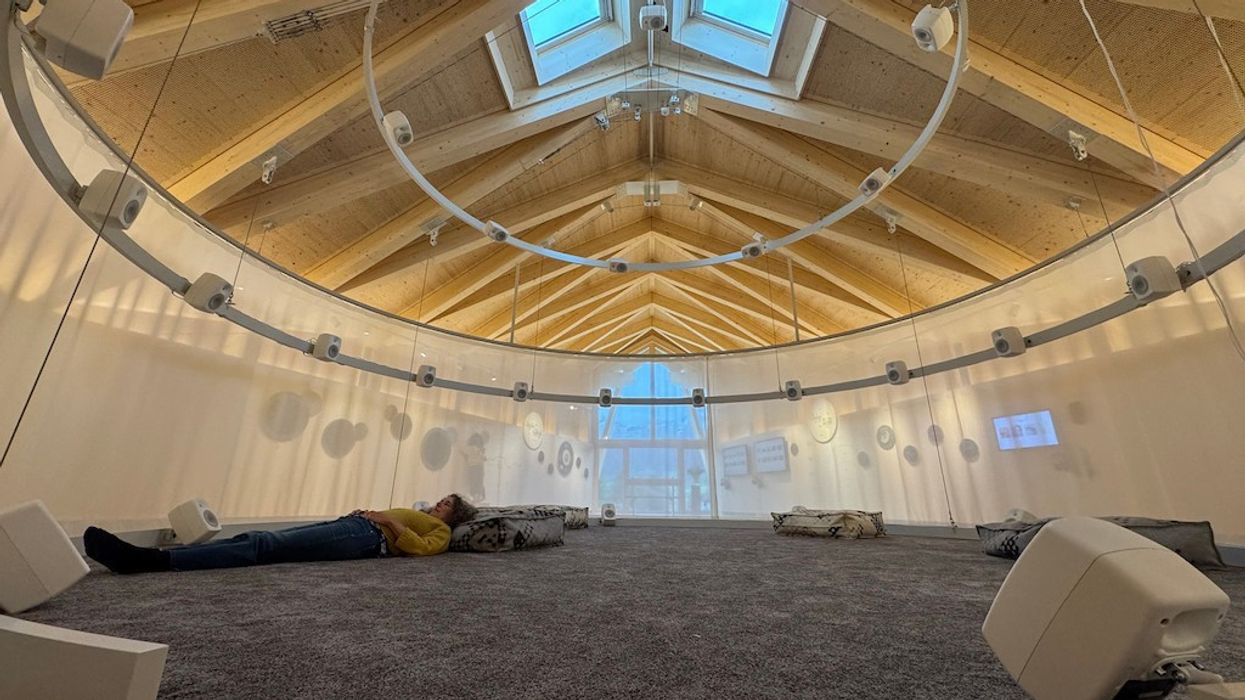
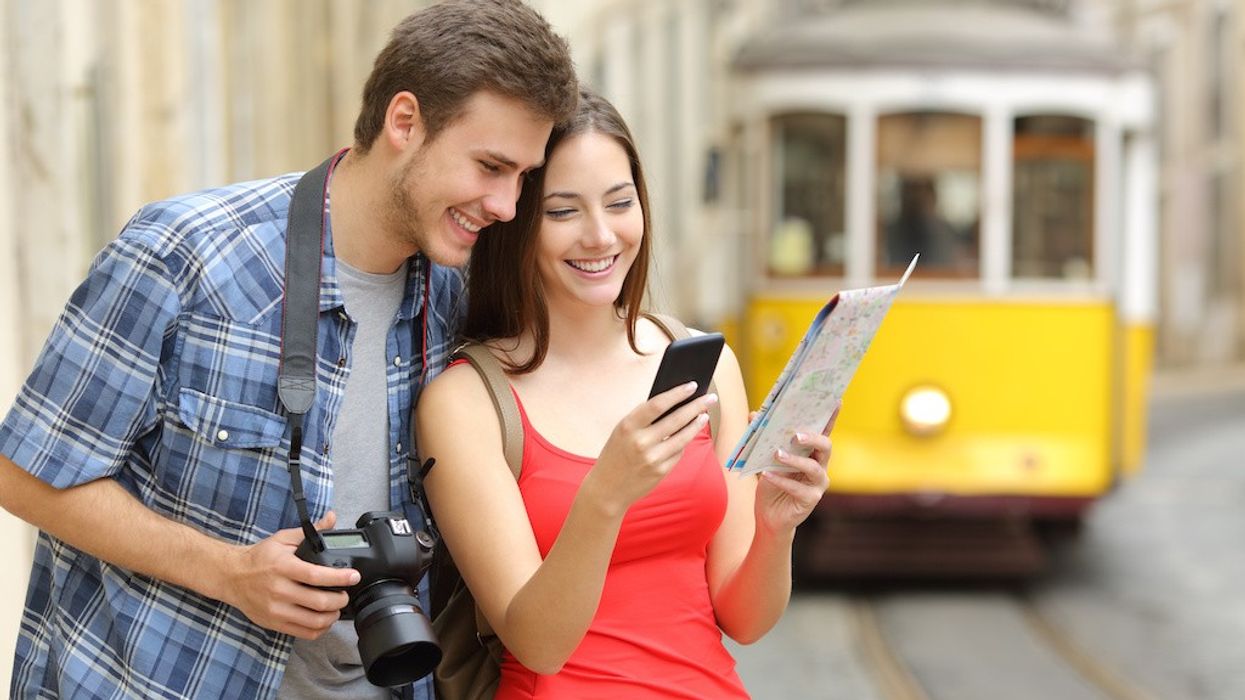



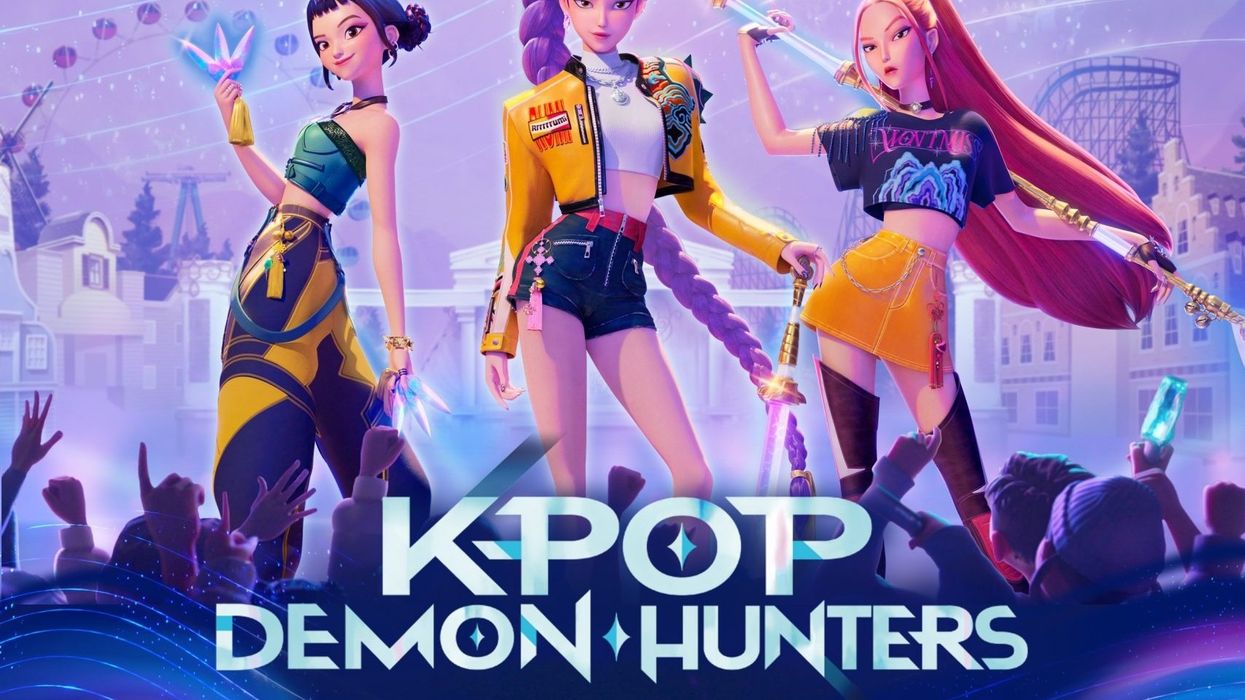

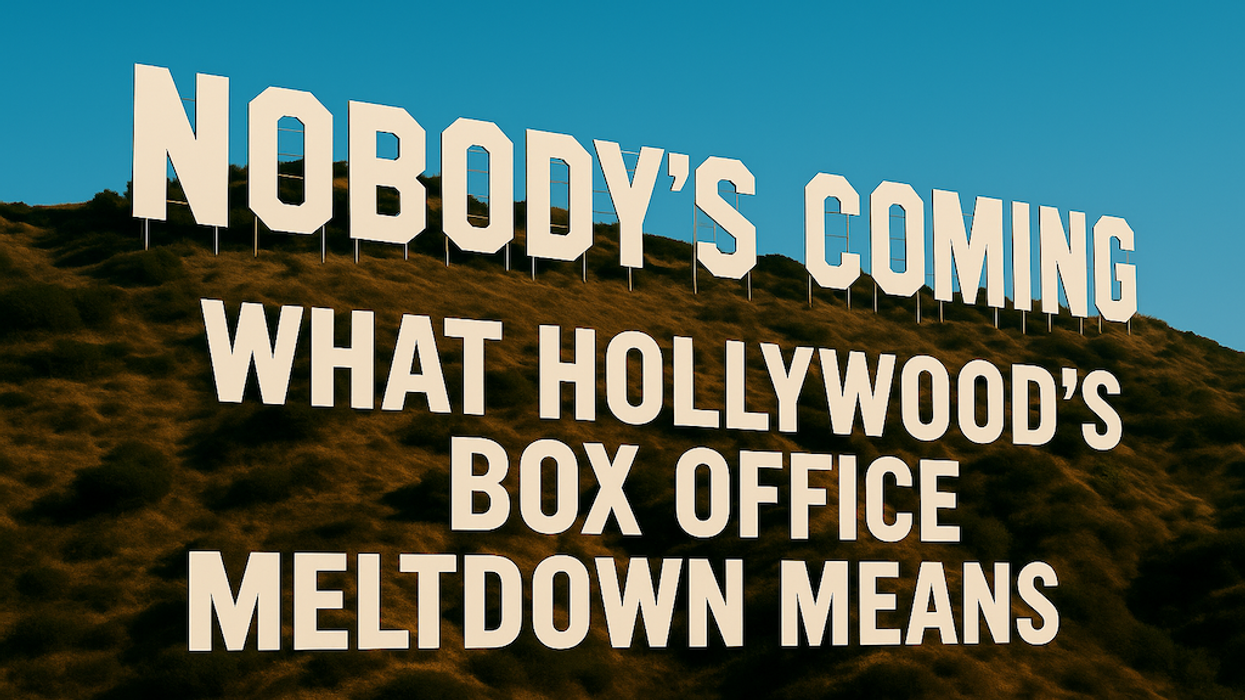


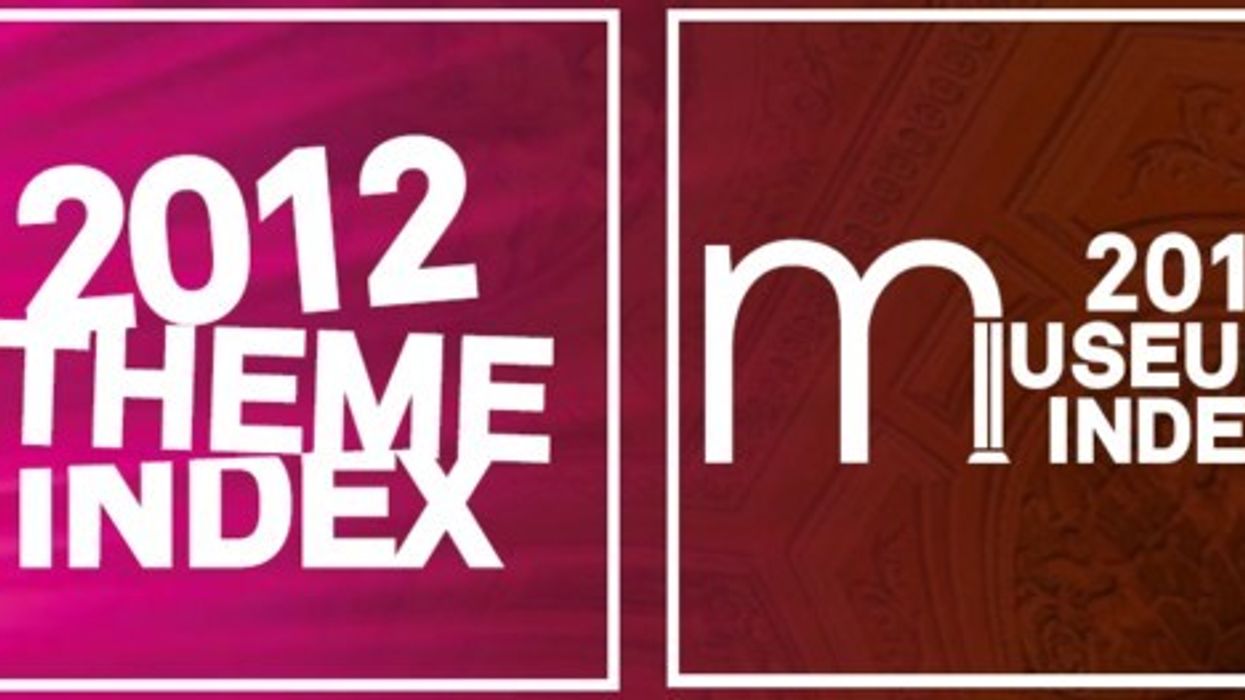
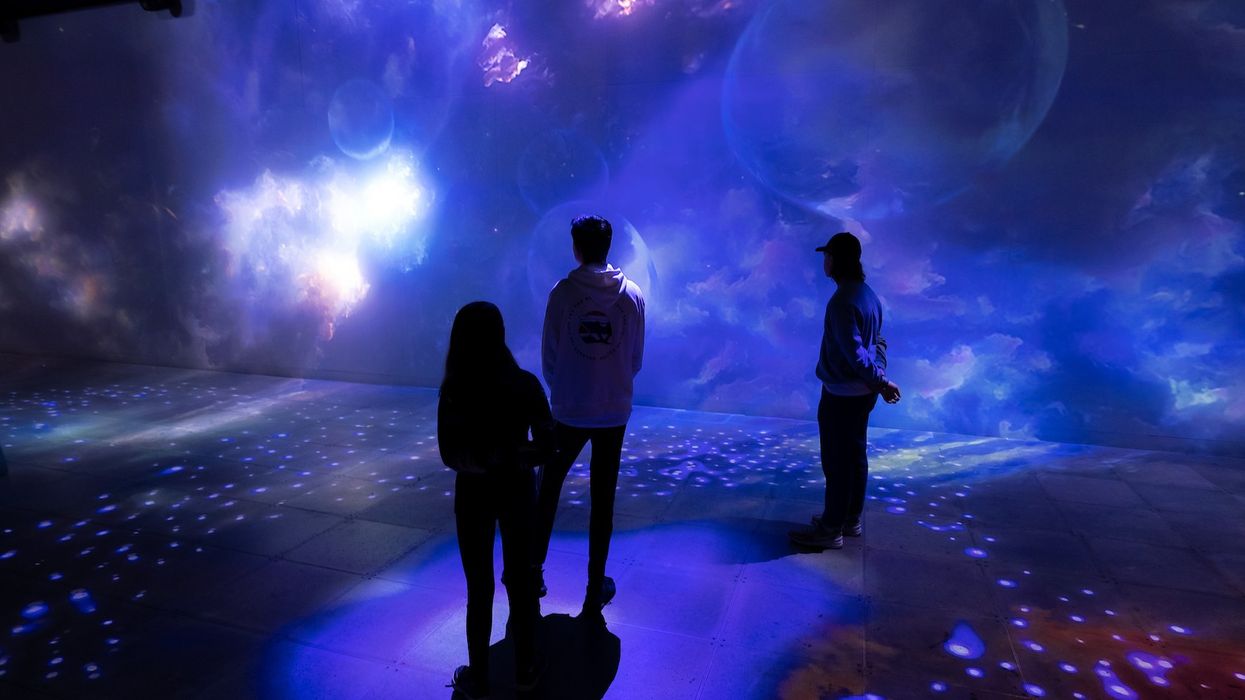
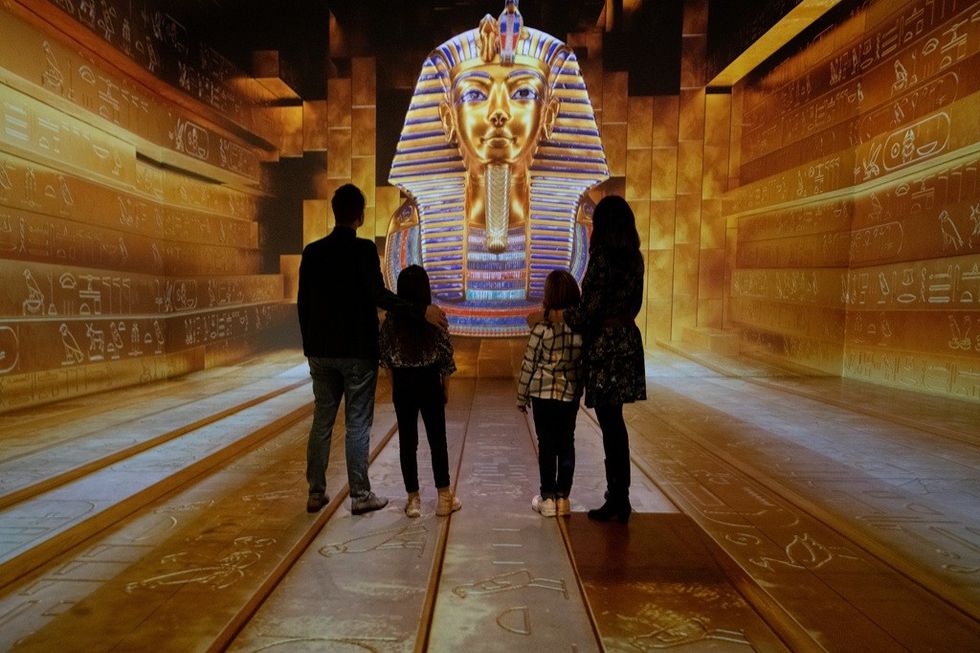 Tutankhamun: The Immersive Exhibition
Tutankhamun: The Immersive Exhibition 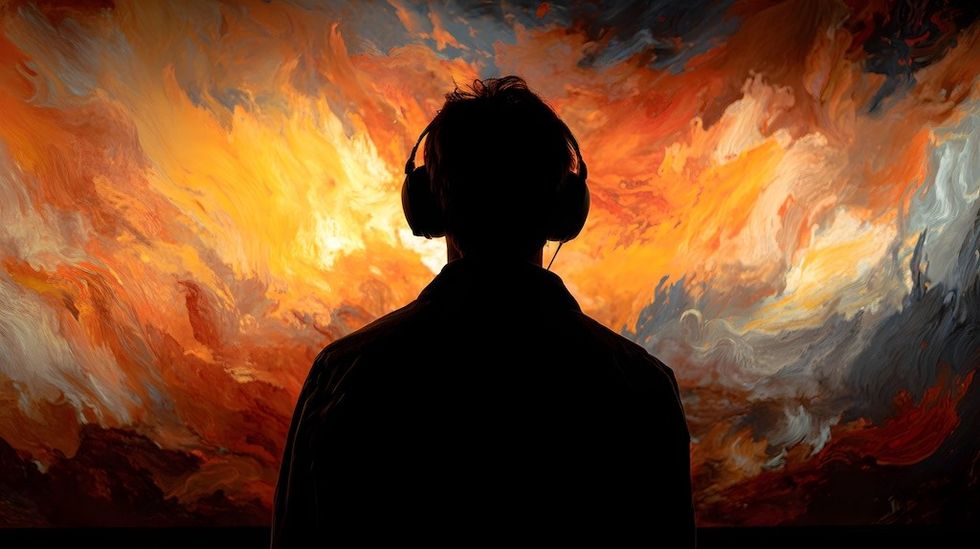
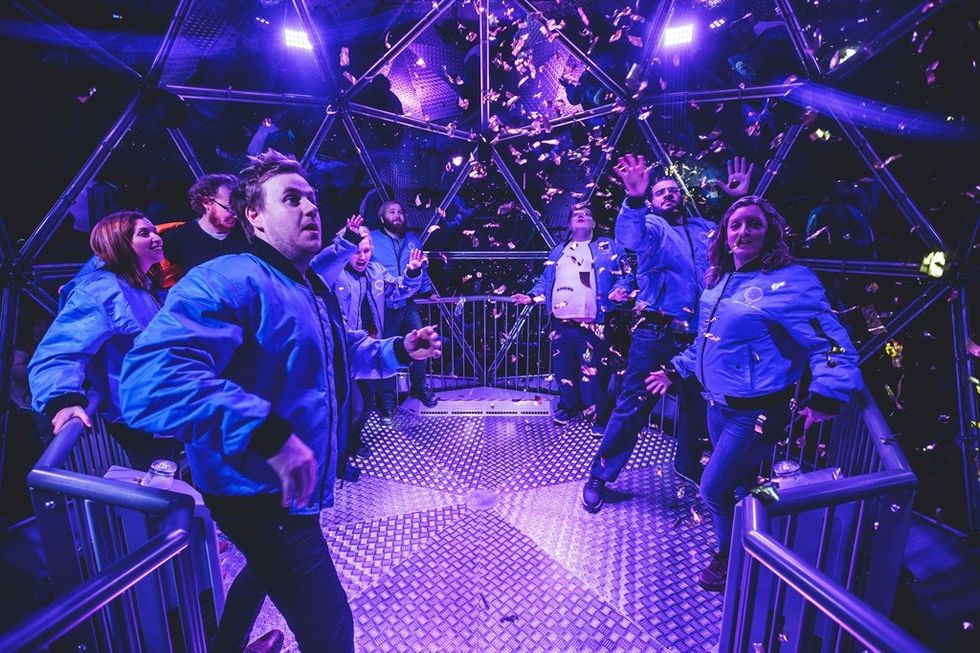 Crystal Maze: The Live Experience
Crystal Maze: The Live Experience 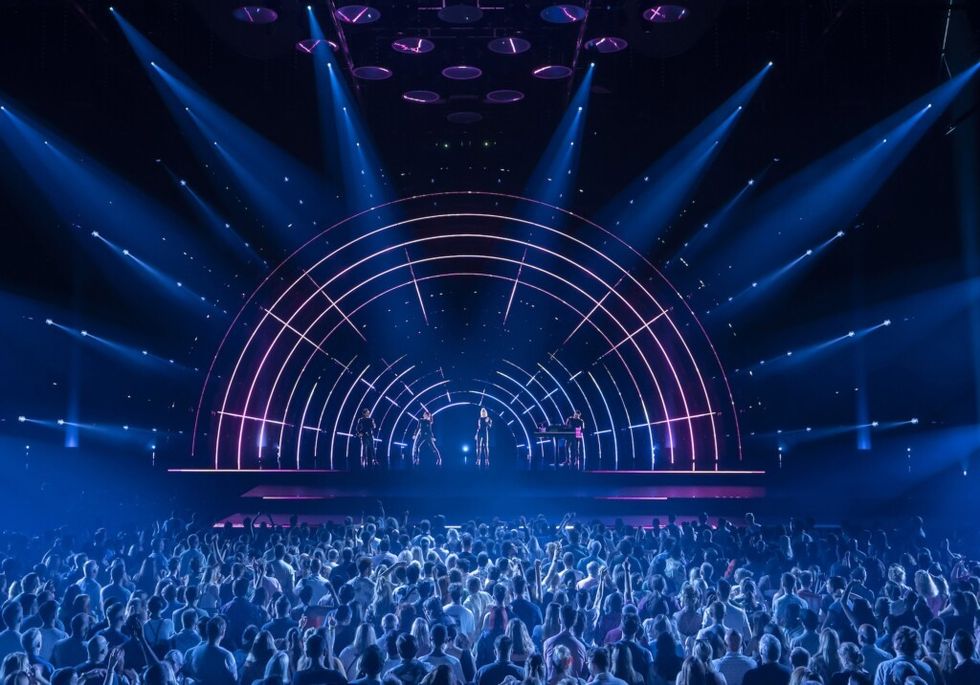 ABBA Voyage Johan Persson
ABBA Voyage Johan Persson 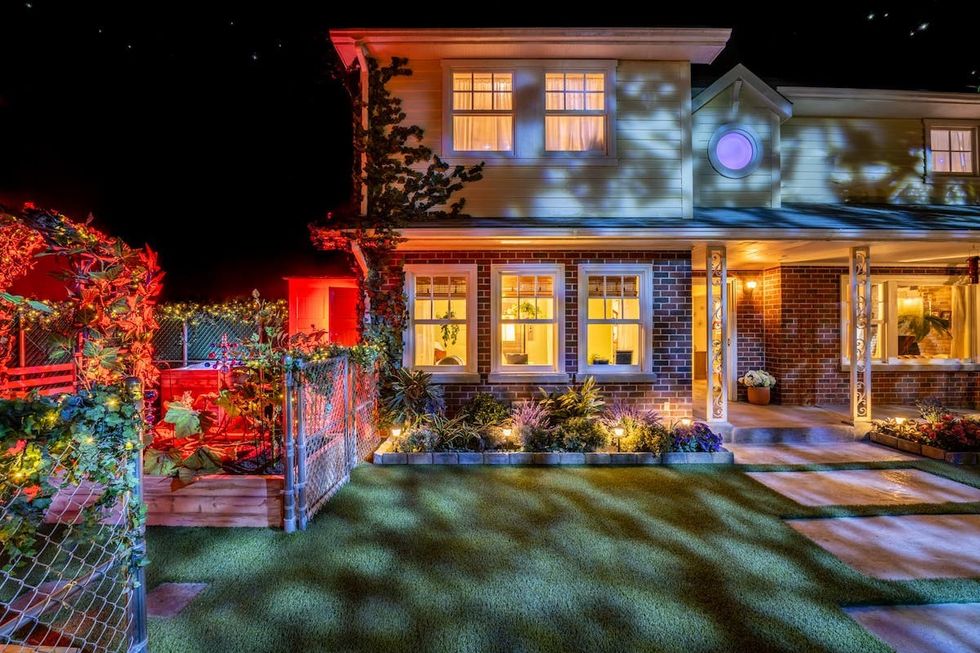 Meow Wolf's The Real Unreal
Meow Wolf's The Real Unreal 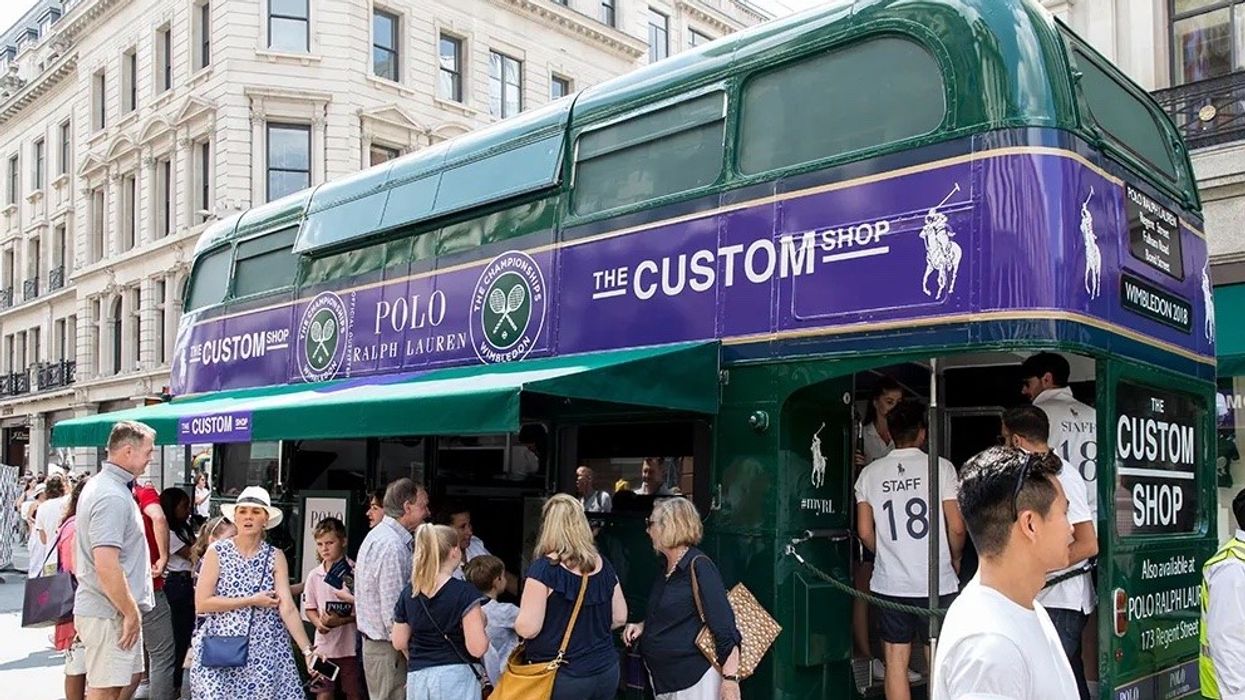
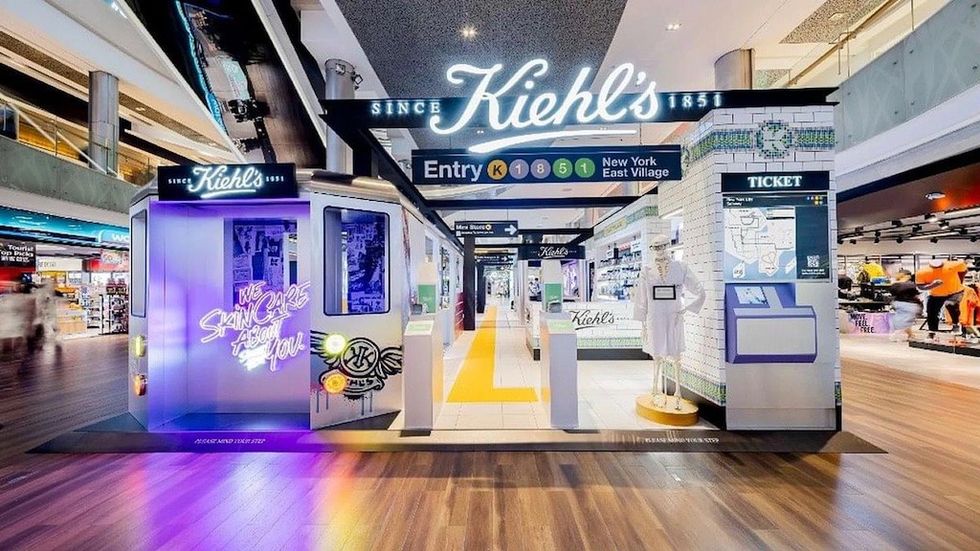 A fully customisable ‘Have-it-your-way’ NYC Subway-style pop-up experience where visitors step into Kiehl’s world through personalised touchpoints, photo moments and interactive brand storytelling
A fully customisable ‘Have-it-your-way’ NYC Subway-style pop-up experience where visitors step into Kiehl’s world through personalised touchpoints, photo moments and interactive brand storytelling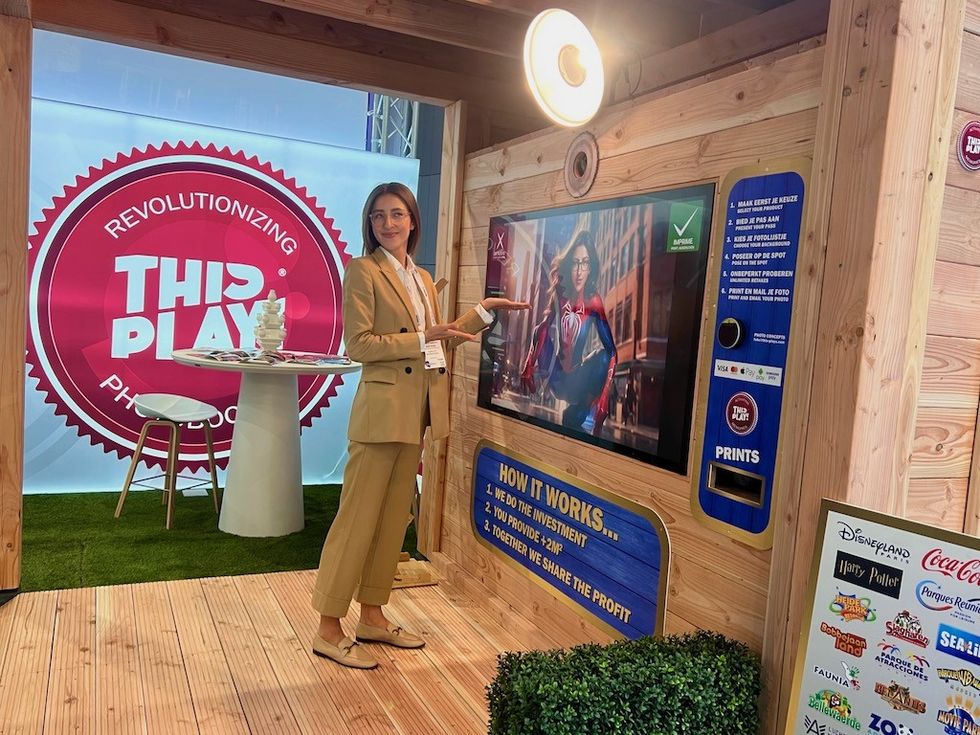 Become a superhero and print your own HeroCard (driving-license style) instantlySource: ThisPlays International
Become a superhero and print your own HeroCard (driving-license style) instantlySource: ThisPlays International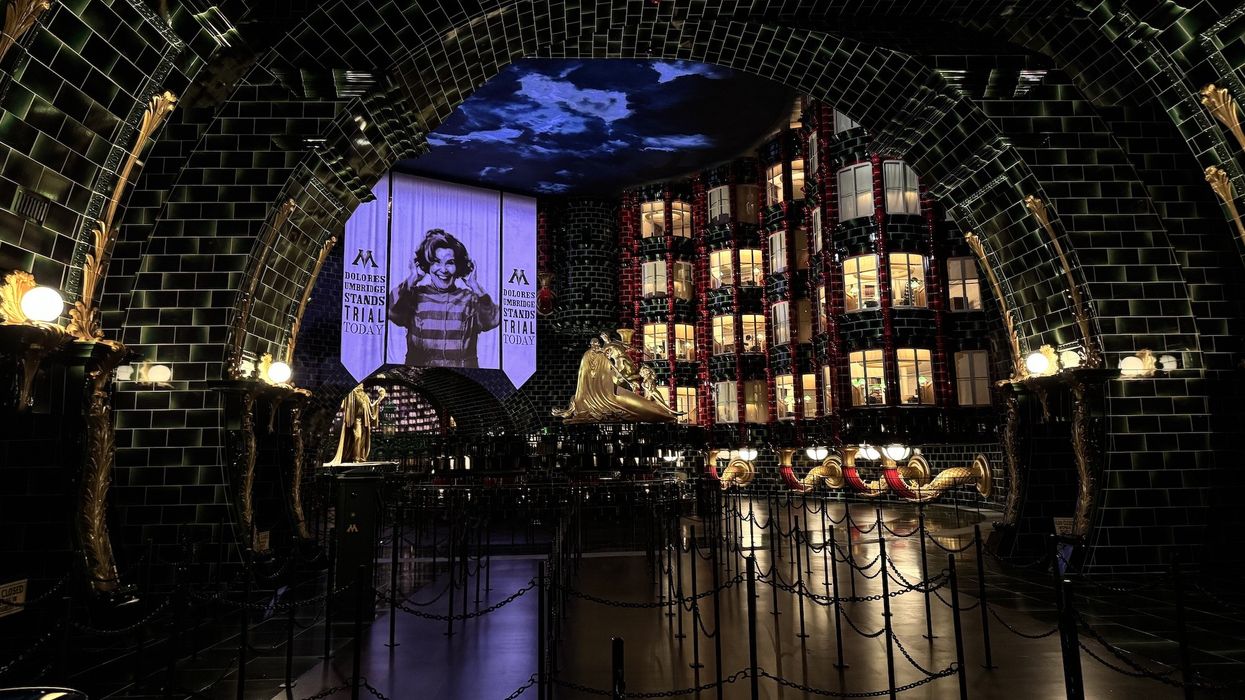
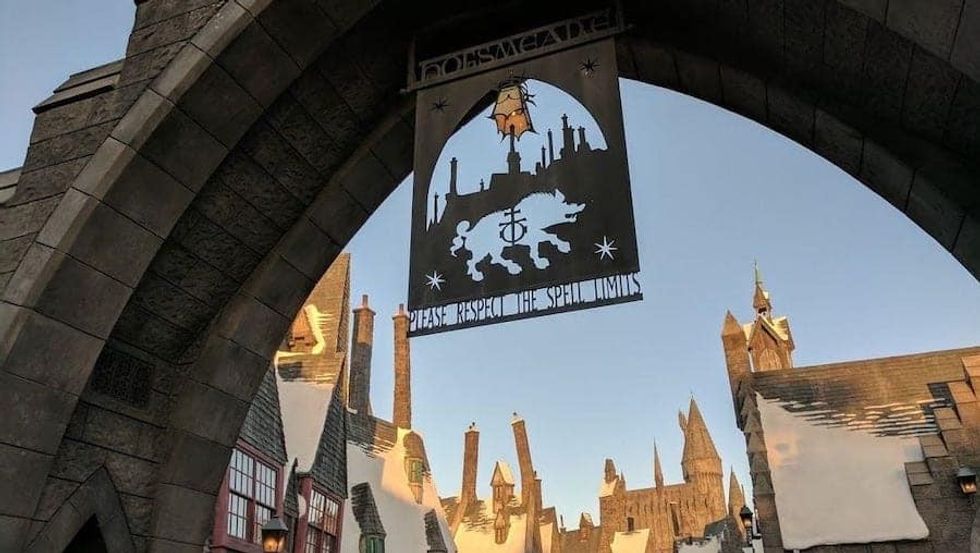

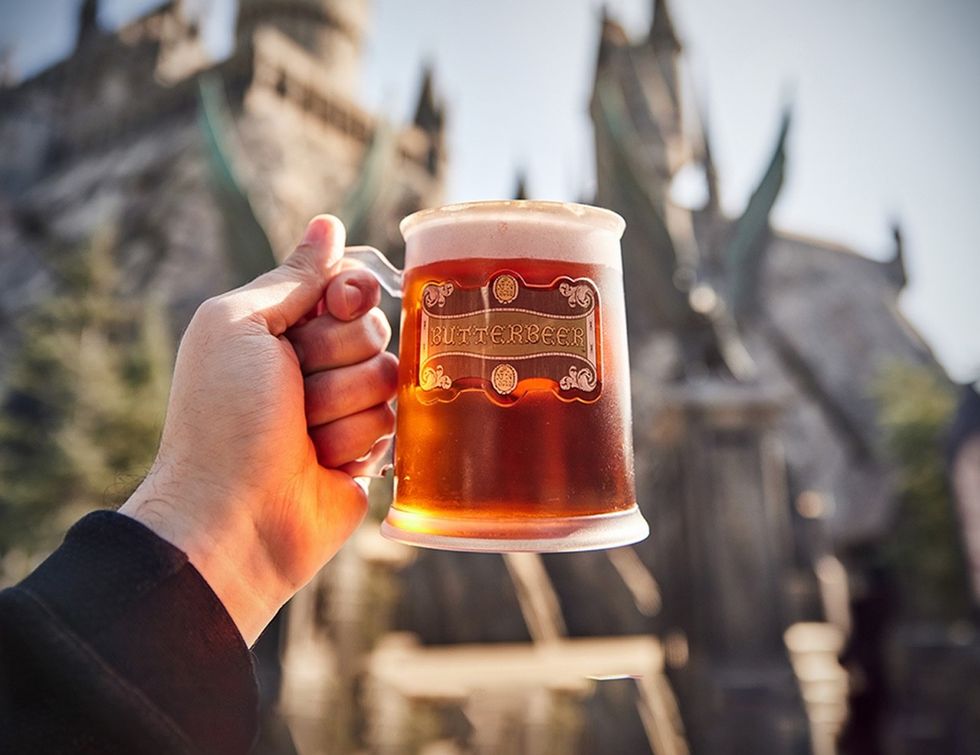
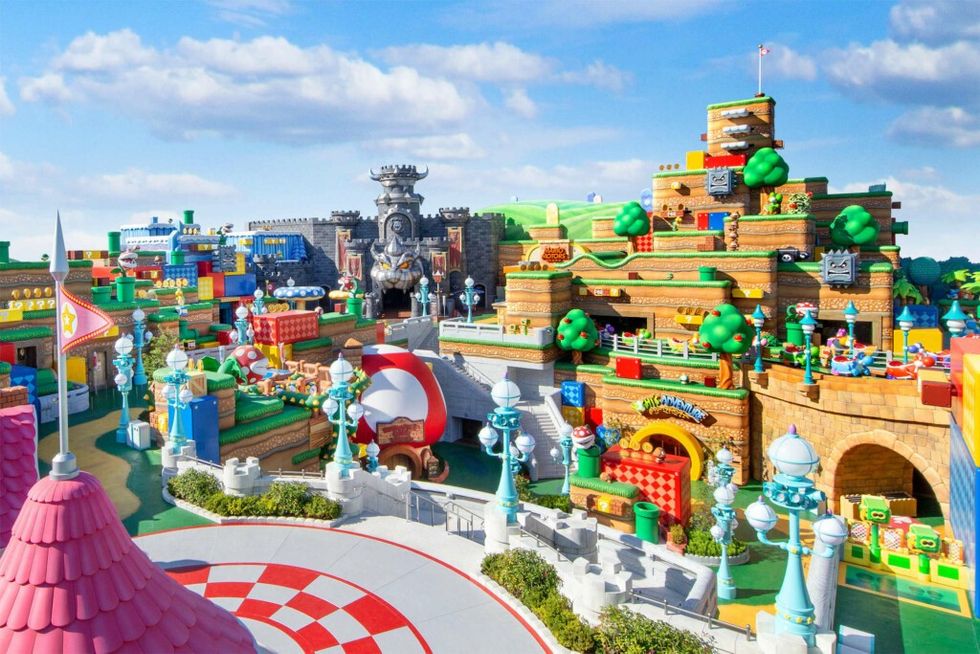 Super Nintendo World
Super Nintendo World 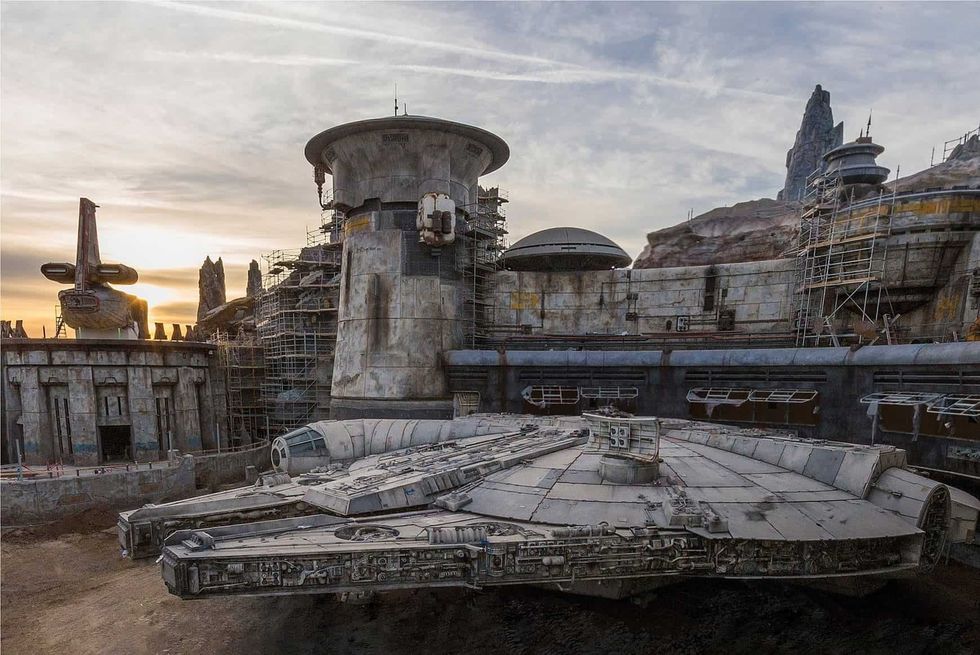 Star Wars: Galaxy’s Edge
Star Wars: Galaxy’s Edge  Genting SkyWorlds
Genting SkyWorlds 